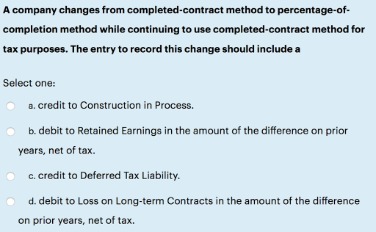Compound interest Albert Einstein

The effective annual rate is the total accumulated interest that would be payable up to the end of one year, divided by the principal sum. These rates are usually the annualised compound interest rate alongside charges other than interest, such as taxes and other fees. Compounding periods are the time intervals between when interest is added to the account. Interest can be compounded annually, semi-annually, quarterly, monthly, daily, continuously, or on any other basis. Compound interest is an interest calculated on the principal and the existing interest together over a given time period. The interest accumulated on a principal over a period of time is also added to the principal and becomes the new principal amount for the next time period.
How Can I Tell if Interest Is Compounded?
Saving small amounts can pay off massively down the road—far more than saving higher amounts later in life. The Florentine merchant Francesco Balducci Pegolotti provided a table of compound interest in his book Pratica della mercatura of about 1340. Despite his initial problems with the regimented style of school, Einstein strongly valued the cognitive skills he gained from his later studies.
Old Grandpa Rockerfeller the multi-millionaire who preached thrift said something I never forgot. He said, “The 8th wonder of the world is compound interest.” Unfortunately very few people understand the magic of compound interest. Over the years, I’ve read Einstein quoted as saying that ‘compound interest was one of man’s greatest inventions’, or other variations on this theme. In Tony Robbins recent tome (600 pages to write what would fit in a short magazine article) he offered this Einstein line.
Although being a genius in one quickbooks workers comp genre doesn’t guarantee illumination is all other areas of thought, observers can adapt Einstein’s philosophies of life and his personality traits into better approaches to money management and life in general. Einstein might have more to offer today’s thinking saver than just compound interest. References continued to proliferate, but QI will stop the presentation here because the citations above provide a reasonable sample.
Compound Interest Formula for Different Time Periods
Reinvested dividends are used to purchase more shares of the asset. More frequent compounding of interest is beneficial to the investor or creditor. The basic rule is that the higher the number of compounding periods, the greater the amount of compound interest.
Approach Two: Fixed Formula
And the greater the number of compounding periods, the greater the compound interest growth will be. For savings and investments, compound interest is your friend, as it multiplies your money at an accelerated rate. But if you have debt, compounding of the interest you owe can make it increasingly difficult to pay off. For example, monthly capitalization with interest expressed as an annual rate means that the compounding frequency is 12, with time periods measured in months. The compounding frequency is the number of times per given unit what is overtime of time the accumulated interest is capitalized, on a regular basis. The frequency could be yearly, half-yearly, quarterly, monthly, weekly, daily, continuously, or not at all until maturity.
In 1916 a character in an advertisement in a California newspaper called “compound interest” the “greatest invention the world has ever produced”. A. Michael Lipper, president of Lipper Analytical Securities Corp., quotes Albert Einstein’s remark that “The eighth wonder of the world is compound interest.” If you can invest at a sure 7 percent return, your money will double in 10 years. If you are patient, and stick with your investments over time, you will almost always come out ahead.

The CI formulas are tabulated in the following table for different time periods. In all these formulas, P is the principal amount, r is the rate/100, and t is the number of years. Compound interest is interest that applies not only to the initial principal of an investment or a loan, but also to the accumulated interest from previous periods. In other words, compound interest involves earning, or owing, interest on your interest. Banks or any financial organization calculate the amount based on compound interest only. For young people, compound interest offers a chance to take advantage of the time value of money.
Also, a quotation from a famous person is often considered more interesting and entertaining. But it is not particularly ace the investment banking interview financial statements question easy for one to climb up out of the working class—especially if he is handicapped by the possession of ideals and illusions. I lived on a ranch in California, and I was hard put to find the ladder whereby to climb.
- Compound interest is calculated by multiplying the initial principal amount by one plus the annual interest rate raised to the number of compound periods minus one.
- Being thankful for these opportunities is certainly one reason not to throw it away by making bad decisions with money.
- One question I was asked at practically every stop was, “What’s the greatest invention of all time?
- If you are patient, and stick with your investments over time, you will almost always come out ahead.
- For Einstein, advanced education is not job training, but training to perform at high levels in any situation, job or otherwise.
- The Truth in Lending Act (TILA) requires that lenders disclose loan terms to potential borrowers, including the total dollar amount of interest to be repaid over the life of the loan and whether interest accrues simply or is compounded.
What are Compound Interest Formulas?
Compound interest can significantly boost investment returns over the long term. Over 10 years, a $100,000 deposit receiving 5% simple annual interest would earn $50,000 in total interest. But if the same deposit had a monthly compound interest rate of 5%, interest would add up to about $64,700.
